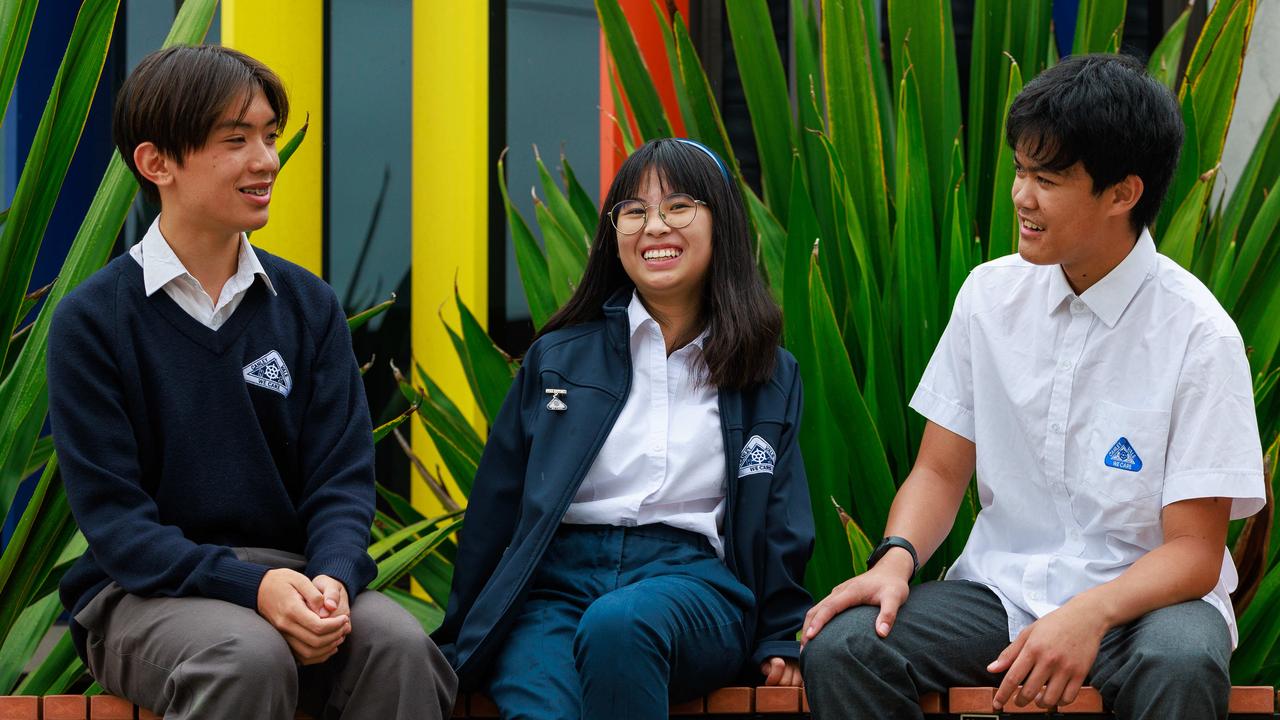NAPLAN: Australia’s best performing schools from 2017 to 2021
From small class sizes to picturesque locations, these are the lesser-known public primary schools giving the cashed-up big boys a run for their money. SEARCH FOR YOUR SCHOOL
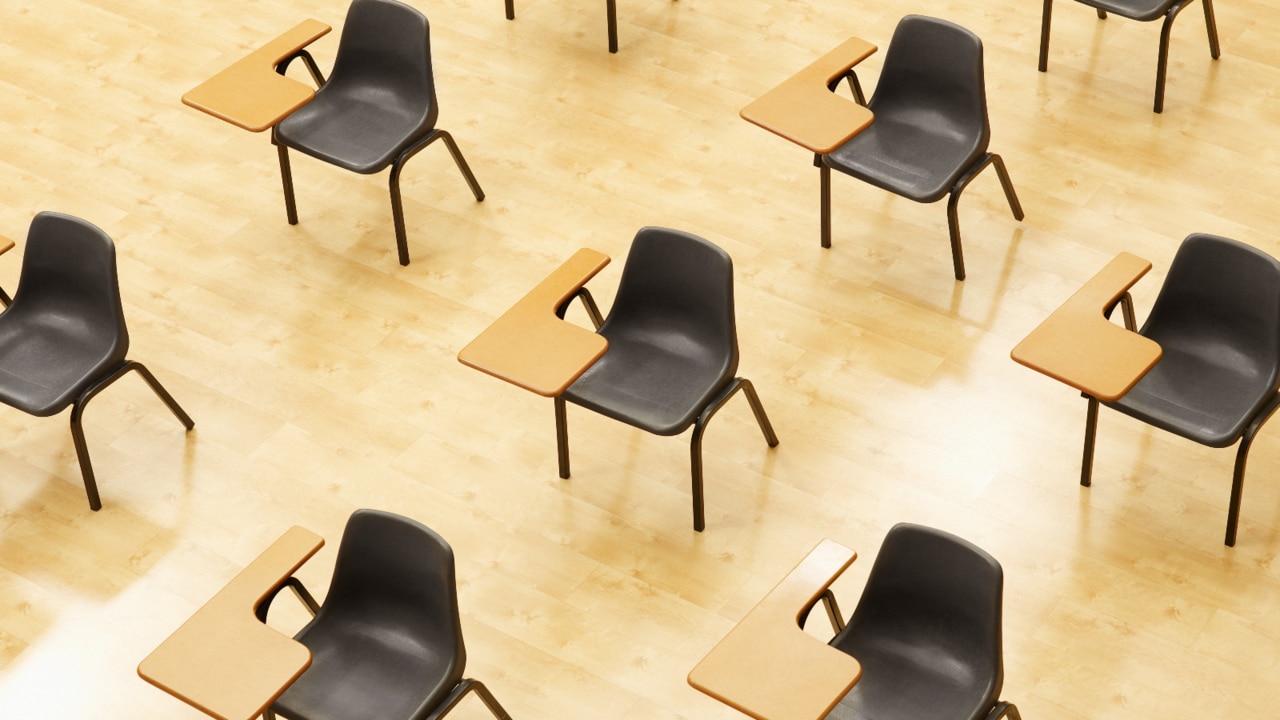
Schools Hub
Don't miss out on the headlines from Schools Hub. Followed categories will be added to My News.
Meet the hidden gems of Australia’s primary schooling system.
From small class sizes to picturesque locations, these are the lesser-known public education centres giving the cashed-up big boys a run for their money.
Tyabb Railway Station Primary School, about 50km from Melbourne, has only 150 pupils but trumped all others in the state when it came to NAPLAN improvements over a five-year period.
After recording a modest NAPLAN score of 454.8 in 2017, the school improved 22.91 per cent (up to 559) in 2021 to lead the state in growth.
“Tyabb Railway Station Primary School is a small, unique school offering an outstanding, differentiated learning and teaching program, made possible by the dedicated staff and families that make up our community,” the school’s website reads.
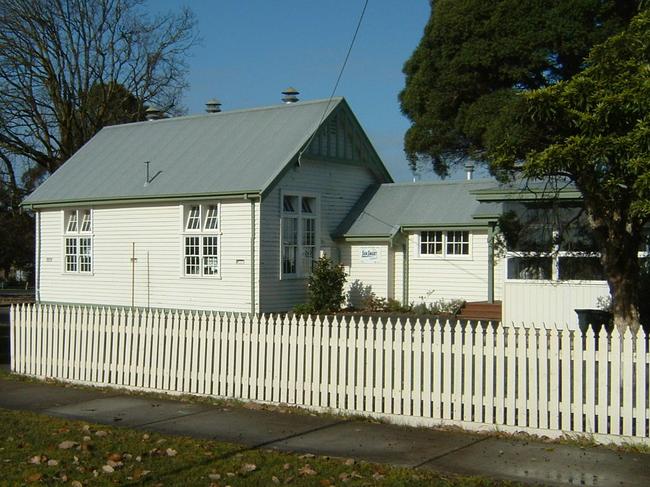
In Queensland, medium-sized Lowood State School surged to a 21.49 per cent improvement (434 in 2017 to 522.4 in 2021) in NAPLAN results.
Located in “beautiful Brisbane Valley, only 30 minutes from Ipswich”, Lowood recorded the best improvements among schools in southeast Queensland.
“Lowood State School offers innovative, creative, individualised learning within a caring, inclusive and nurturing environment,” the website reads.
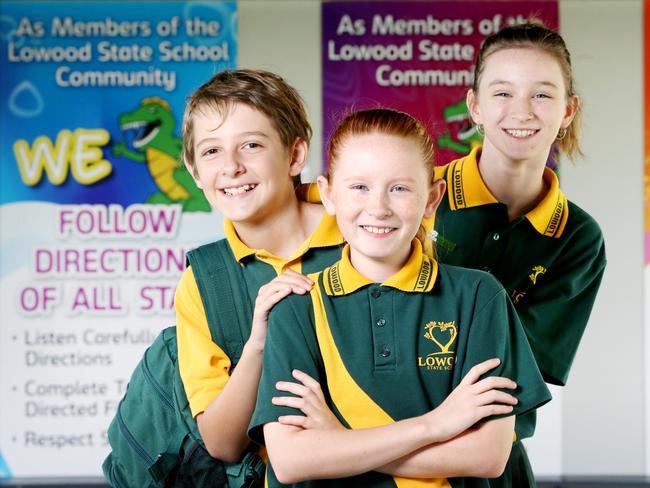
Telopea Public School recorded the biggest jump in results (up 16.96 per cent to 531) among primary schools within the Sydney region.
Telopea is 30km from Sydney, a city loaded with famous private schools.
Hackham West School had NAPLAN results rise 13.89 per cent over the five-year period (406 to 462.4), the largest increase for Adelaide-based schools.
To make the growth even more impressive, the school battles absenteeism in areas of chronic unemployment and social dysfunction.
Principal Shannon Little partly attributed her school’s success, bettered only by four regional schools across South Australia, to buying a bus to get children to school.
“Hackham West is a hidden treasure, and there is more than you expect when you come through the door,” the school’s website reads.

In Tasmania, Springfield Gardens Primary School in West Moonah, Hobart enjoyed the second-highest improvements in the state (up 14.58 per cent to 460.6), but best among those based in the state’s capital city.
Southwell Primary School at Hamilton Hill, 25km from Perth, was the highest improver among public schools in Western Australia (24.6 per cent rise to 422.4).
Macquarie Primary School (9.47 per cent rise to 511) led ACT, while Ludmilla Primary School was Darwin’s best improved primary public school (12.56 per cent to 412.2).
STATE V STATE
Queensland may claim to be the “Smart State” but Victoria, ACT and NSW continue to leave rivals in their dust when it comes to NAPLAN results for primary schools.
Brisbane Grammar School, ranked 33rd across all of Australia, was the first non Victorian or NSW school on the list when it comes to five-year NAPLAN averages.
Victoria leads the nation with an average NAPLAN score of 2493.6 from its 1505 schools.
ACT holds second spot with an average of 2481 across 98 schools, though Canberra Girls Grammar School is the highest on the national list at No.179.
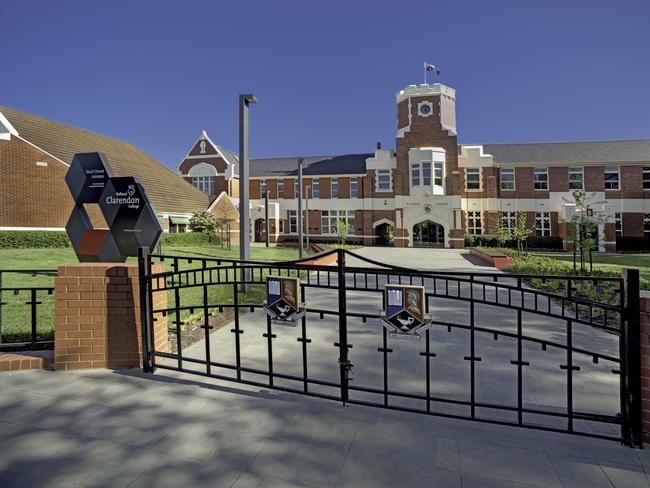
NSW, meanwhile, holds third spot with an average of 2466 across it 1887 institutions.
Western Australia (2427.1) and Queensland (2415.7) – which adopted the “Smart State” moniker in 1998 – battled it out for fourth place.
Ballarat Clarendon College (ranked 26th) was the highest non capital city school on the national list of five-year NAPLAN averages.
More Coverage
Originally published as NAPLAN: Australia’s best performing schools from 2017 to 2021




